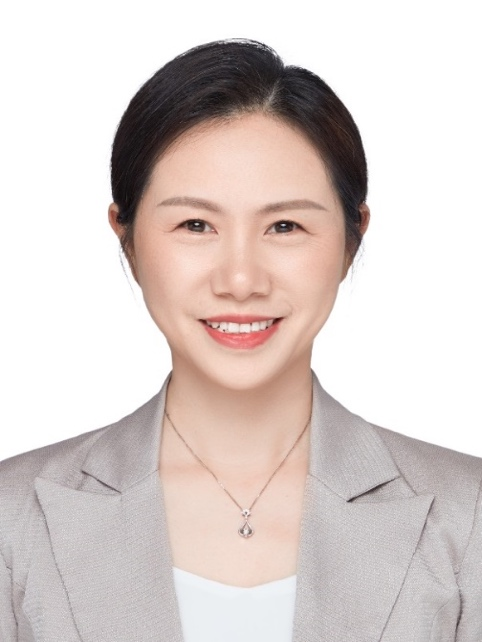A Case of Photodynamic Therapy for Advanced Adenocarcinoma of Esophagogastric Junction
Abstract
Photodynamic therapy (PDT) is a new minimally invasive technique for the treatment of tumors. Compared with traditional treatments such as surgery, radiotherapy and chemotherapy, PDT has the advantages of targeted killing of primary and recurrent tumor cells, less damage to surrounding normal tissue, less complications and high repetition rate. The purpose of this study was to investigate the short-term efficacy and adverse reactions of photodynamic therapy in advanced elderly patients with esophageal-gastric junction adenocarcinoma without surgical indications. A patient with advanced adenocarcinoma of esophagus and fundus was treated with photodynamic therapy under gastroscope. Intravenous drip of Cipofen (hematoporphyrin injection 150mg / 0.9% saline 250ml) for 1 hour to keep the patient away from light.48 hours after administration, photodynamic therapy was performed with "Leimai" PDT630-A photodynamic therapy apparatus, 3cm columnar optical fiber, laser treatment wavelength of 630nm, transmission efficiency of 0.70, output power of 1.4W, irradiation at the lower segment of the esophagus and cardia for 150s. The curative effect was evaluated by comparing gastroscopy before and after photodynamic therapy. Before treatment, there were proliferative lesions in the lower part of esophagus and cardia, erosion and necrosis on the surface, stricture of esophageal cavity, huge ulcer near gastric fundus, filthy moss and dam-like hyperplasia and eminence of surrounding mucosa. After treatment, the local mucosa at the entrance of cardia became white and there was no bleeding. Within four days after treatment, the symptoms of nausea and vomiting disappeared; the adverse reaction of retrosternal discomfort began to occur on the second day after operation, and the adverse reaction was not improved after photodynamic therapy. Photodynamic therapy has a significant short-term effect on advanced elderly patients with adenocarcinoma of the esophagogastric junction, which can significantly alleviate the clinical symptoms and relieve the pain of the patients. However, the adverse reactions can not be ignored. Therefore, photodynamic targeting therapy for tumor needs to be further studied. It is believed that with the continuous development of high-performance photosensitizers and new generation lasers, and the continuous progress of endoscopy and image guidance technology, photodynamic therapy will become an important adjuvant or palliative treatment for tumor prevention and treatment.


